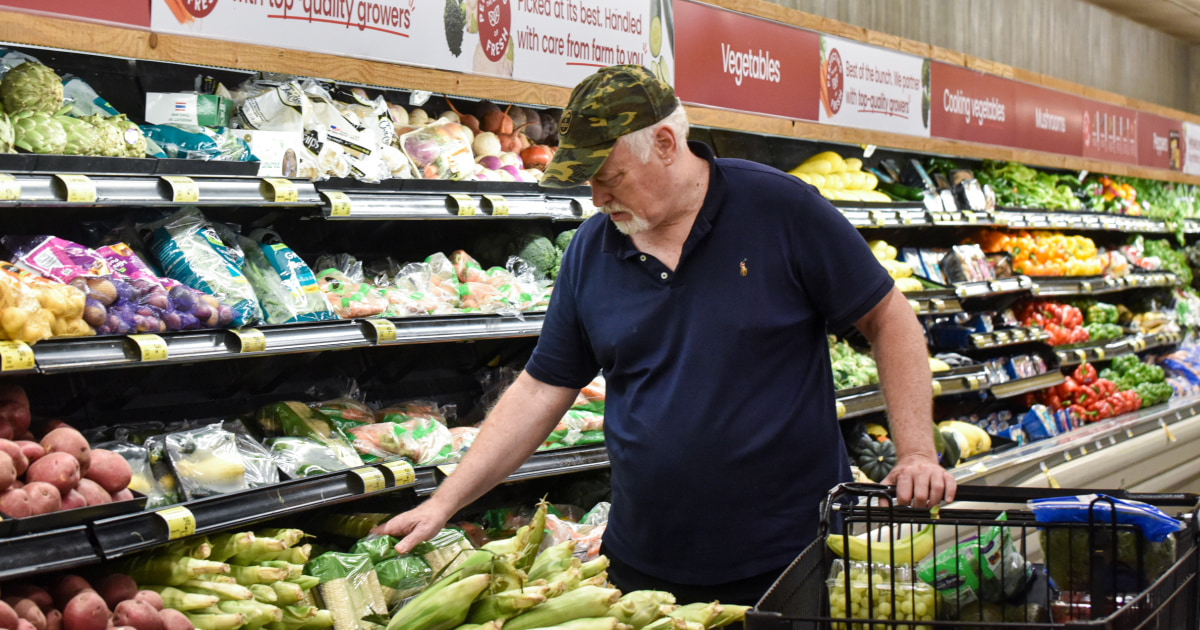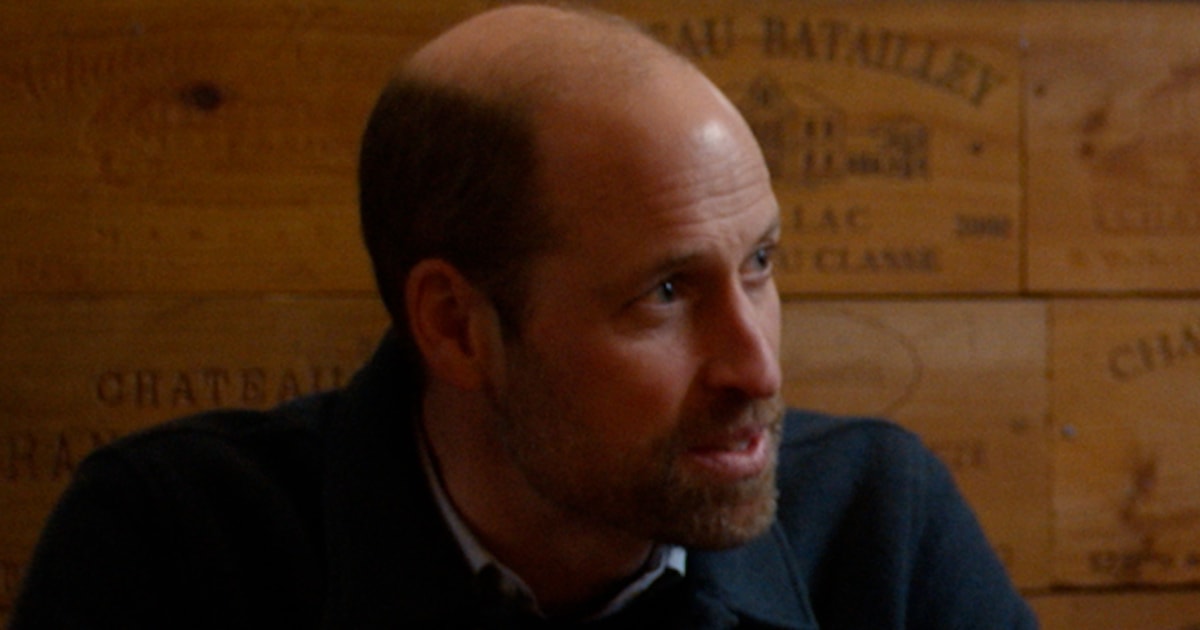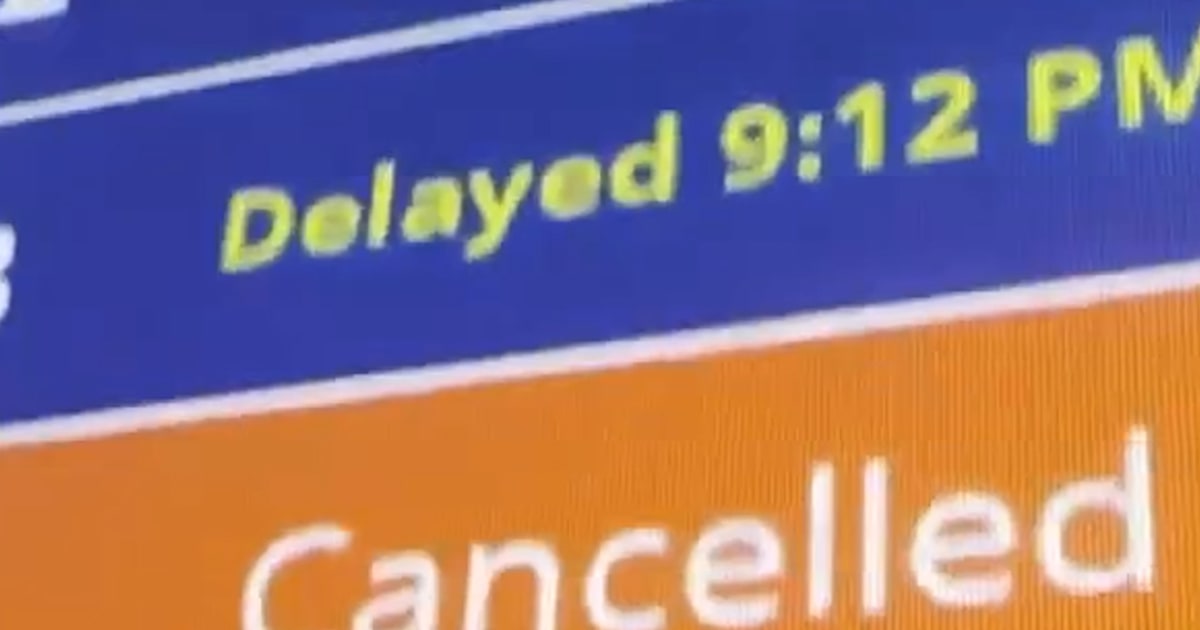The fast-paced game, which has millions of fans around the world, is starting to build a cult following in the U.S., with waiting lists to play in the few courts available.
Source link
Sept. 22, 2025, 11:20 AM EDTBy Edwin Flores, Morgan Radford and Aaron FrancoYou’ve heard of pickleball, the wildly popular sport that’s gone mainstream. But now there’s padel — another racket sport that’s surging in popularity and one that has strong Latino roots.“It’s a sport that always keeps you on your toes,” said Roy Tabet, a professional padel player and a coach at Reserve Padel, one of the biggest luxury padel brands in the U.S., with clubs in Miami and New York. Tabet said he had played tennis his whole life but started finding it repetitive.“I started playing padel and I immediately felt the passion. The hype for the game was real,” he said in an interview with the “TODAY” show’s Morgan Radford.Morgan Radford and Santiago Gomez at Padel Haus in the Dumbo neighborhood of Brooklyn, N.Y.NBC NewsPadel got its start in Acapulco, Mexico, in 1969 when Enrique Corcuera, a Mexican businessman, was trying to build a makeshift tennis court in his backyard. He didn’t have enough space and chose to make a smaller version — the very first padel court — with a distinguishing feature: It was surrounded by an almost 10-foot wall.The sport would eventually grow and spread internationally. It’s now described as the fastest-growing sport worldwide. The International Padel Federation says padel is played in more than 140 countries around the world with about 30 million amateur players.Currently in the U.S., there are over 100,000 amateur players, according to PadelUSA, an online marketplace for padel equipment, but the number of padel courts has been increasing.The sport’s growing popularity has even captured the attention of athletes and celebrities like Eva Longoria, Derek Jeter, Jimmy Butler and Adam Levine.“It’s like pickleball but kind of a little cooler,” Levine told Jimmy Fallon in April on “The Tonight Show.” “It’s super fun,” the singer added, explaining he was first introduced to the sport by Michael Bublé, his fellow coach on “The Voice,” when they were vacationing together in Mexico.Padel differs from other racket sports in that the court is about one-third the size of a tennis court and is typically surrounded by a glass or mesh wall. The ball can be hit off the walls and even from outside the court, as players can exit the court through a door to return the ball. Players must have a teammate, as the sport can only be played in doubles.A big draw, fans say, is the community it fosters as well as the game’s fast pace.“What got me hooked is the community. I feel like I met a lot of my best friends here, so coming to see them specifically turned into my love for playing padel,” Rachel Kuan, who’s now a customer experiences employee at Reserve Padel, told “TODAY.” Santiago Gomez, who fell in love with the game while growing up in Acapulco, founded Padel Haus, a sprawling padel social and cultural hub located in New York City — and among the first dedicated padel courts in the U.S. Padel Haus has since opened more courts across the New York City area as well as in Atlanta, Nashville and Denver.“A lot of Latinos were first — they were the first ones to come because they play the sport at home,” Gomez said.“Americans didn’t know about the sport when we first opened in 2022,” he said. “And then after that, a lot of tennis players, former tennis players, former squash players — Americans — came and tried it for the first time and they fully converted to padel.”Gomez estimates that about 70% of Padel Haus’ members are from the U.S. while the remaining 30% hail from other countries. The growth has increased so significantly that there’s now a waitlist for people looking to sign up.Fast pace ‘keeps you hooked’In addition to the social aspect of the game, Gomez said it’s addictive because of how fast-paced it can get compared to other racket sports.“[In tennis], a ball passes you, your mind is wired to think that the point is over. But here, given the wall’s in the back, you can still save the point. So you feel like a hero when you’re catching a ball that you couldn’t catch in tennis,” Gomez said.“You’re still in the game, and that gives you [a] big dopamine rush and that’s what keeps you hooked.”Mexican tennis player Yola Ramirez competing in the women’s singles tournament at the Wimbledon Tennis Championships in London, on July 1,1959.Evening Standard / Hulton Archive/Getty Images fileThe International Padel Federation is working on getting the sport included in the 2032 Olympics. But for some like Marnie Perez-Ochoa, whose grandmother Yola Ramirez was a former professional tennis player from Mexico and grandfather built Padel courts for professional tournaments in Acapulco, the game has also become a point of cultural pride.“The power of sport is so prevalent — it’s just now getting started in the States. You see it in Mexico. It already boomed in Europe — Spain in particular. So I’m really excited to see where it’s going to go in the States. And I think it’s really beautiful that it started in Mexico,” Perez-Ochoa said.Edwin FloresEdwin Flores was a former reporter and video producer based in Anaheim, California. Morgan RadfordAaron Franco




